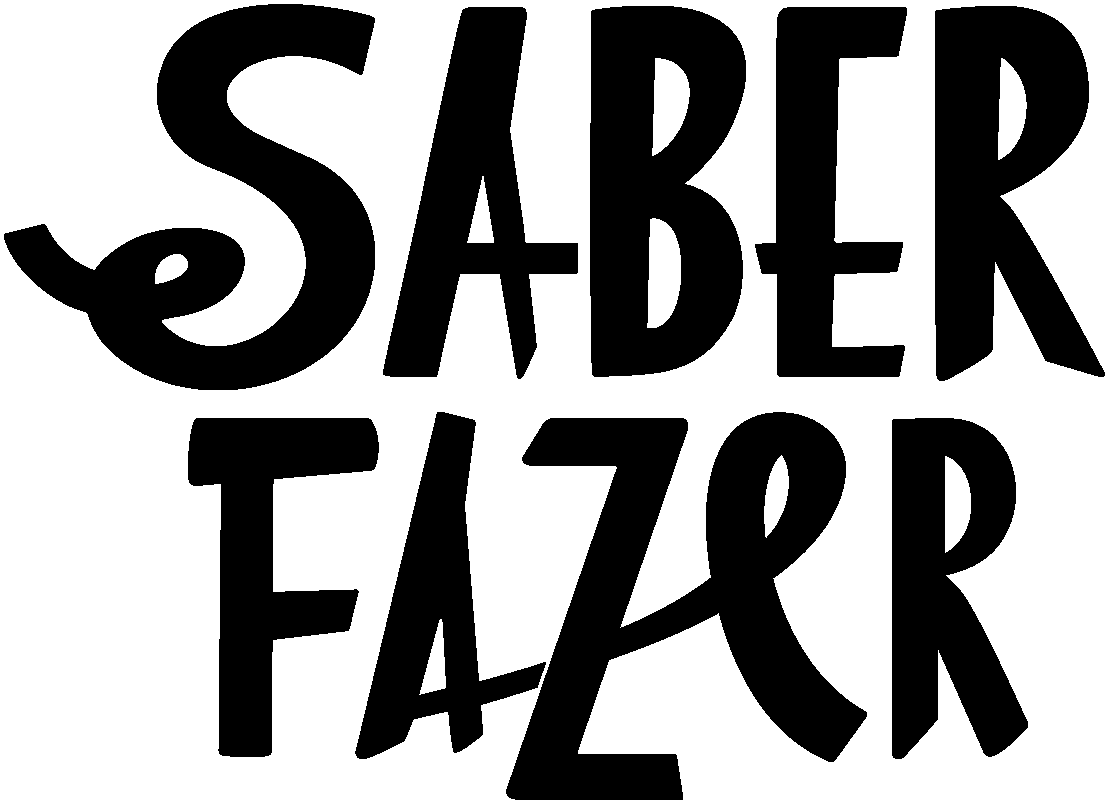Blog

Shearing at Quinta de Serralves - 2015
Last saturday we had fabulous weather, an interested audience showed up, and after the nice shearing done by Martin, the sheep are now much lighter and we have some beautiful fleeces from the Bordaleira-de-Entre-Douro-e-Minho to work with. It was a perfect morning.

The cloth from those seeds
I've known Maria das Dores for about two years. I couldn't forget the time I met her because I almost went bankrupt for buying yards and yards of the fabric she manufactures completely on her own, right from those seeds. I've been saving that fabric ever since and have only used a small square for a very special occasion.

Shearing is coming!
We're almost in May and shearing season has been open for a while now, but in Serralves, the first time the Bordaleiras-Entre-Douro-e-Minho sheep will be sheared in the farm will be in the next saturday, the 9th of May, starting at 11h in the morning.

The newborns
Our silkworms hatched a week or so ago! Only a few of the fertilized eggs didn't hatch, which was great.

The silkworm eggs
My first idea, to find someone who could offer us the silkworm eggs, was to contact the Centro de Artesanato de Freixo de Espada à Cinta. That's where, back in 2011, I got to see the whole cycle, from egg to yarn. But I hadn't been there since that time, and I came to know only now, that the Center was shut down in mid 2012.

Portuguese spindles - better than ever!
The new batch of portuguese spindles came out even better than the previous one.

Recent acquisitions
The books I look for are always more technical and practical than historical or ethnographic, which makes them harder to find. But recently I've come across a few that have to do with topics I'm researching.

Galego Flax: the seed
I had been offered Galego Flax seed in a previous occasion, although in a small quantity, so I never thought that getting enough seed for the area we had planned to grow would be so difficult. But until now, I had never tried to buy or get seed of this variety.

Flax. But which flax?
All cultivated flax belongs to the Linum usitatissimum L. species, of which there are hundreds of different varieties. Some of these varieties are commercial and it is these that are currently used for the commercial production of flax for various purposes, as they are more productive.

2015 - Saber Fazer in Serralves
After Saber Fazer's last presence in Serralves, for the Autumn Festival activities we organized, I was invited to make a proposal for a program related to this subject, to be carried out throughout 2015, in their grounds.

Work in progress with Guida
Last time I went to Lisbon, I took the opportunity to visit Guida Fonseca and work with her on what I hope to be Saber Fazer's next little book. With Guida involved it's not a surprise that it will have something to do with the beautiful craft of weaving.

How many tools can you use to make a groove
If you're an experienced enough spinner, you can spin fiber with anything, even a rock. That's why my pickiness with spindles, weight, shape and material can be completely subjective.

Saber Fazer has a new online shop!
When I'm silent for a long time, that's usually because I'm "cleaning up the house", and that's always a good reason, because after a little restructuring there are always new things to talk about.
The first and most obvious is that from this year onwards Saber Fazer has a new online store!

It was a festival
And this is how it was in Serralves, at the Festa de Outono, last sunday. I think that it was the first time that any of us, both in the textile and basket weaving activities, had to deal with so many people at once.

Rosa and Manuel, basket weavers
Rosa was born in a family of basket weavers and when Manuel married her, he learned the craft and became one as well. They work as a team, in their workshop in Braga, where they make all kinds of wicker baskets, sometimes with the help of Rosa’s older brother, her teacher in this craft.

Washing wool with D. Ilídia
At the beginning of January, I went to see Mrs. Ilídia and together we washed a basin of wool, so that she could teach me how to do it properly. Washing wool is one of the seemingly simplest stages of the wool process, but for me it contains some wisdom.

Anatomy of a fulling mill
Anatomy of the Wool Stomping Facility in Bucos, now extinct, from the book "Tecnologia Tradicional - Pisões Portugueses".

Adelaide and the wool
On a visit to D. Ana, when she was there to explain to me how the loom's “risks” worked, I was lucky enough to also meet D. Adelaide, who is her older sister. She brought a few more blankets with her so that I could better understand how it all works.

Making a spindle with Zé Manel
When I started to learn how to spin wool, it became indispensable to get my own distaff and spindle. As I was lucky enough to learn from those who know what they are doing in regards to spinning, I was immediately informed about the characteristics of a good spindle: they’re made of oak, so that they may have the appropriate weight, they are handsculpted from beginning to end and they have a well-defined screw on the tip.

Tempereiro
Tempereiro is the portuguese name for the metal ruler that is used to stretch the fabric on the loom, so that it doesn’t shrink while weaving.

